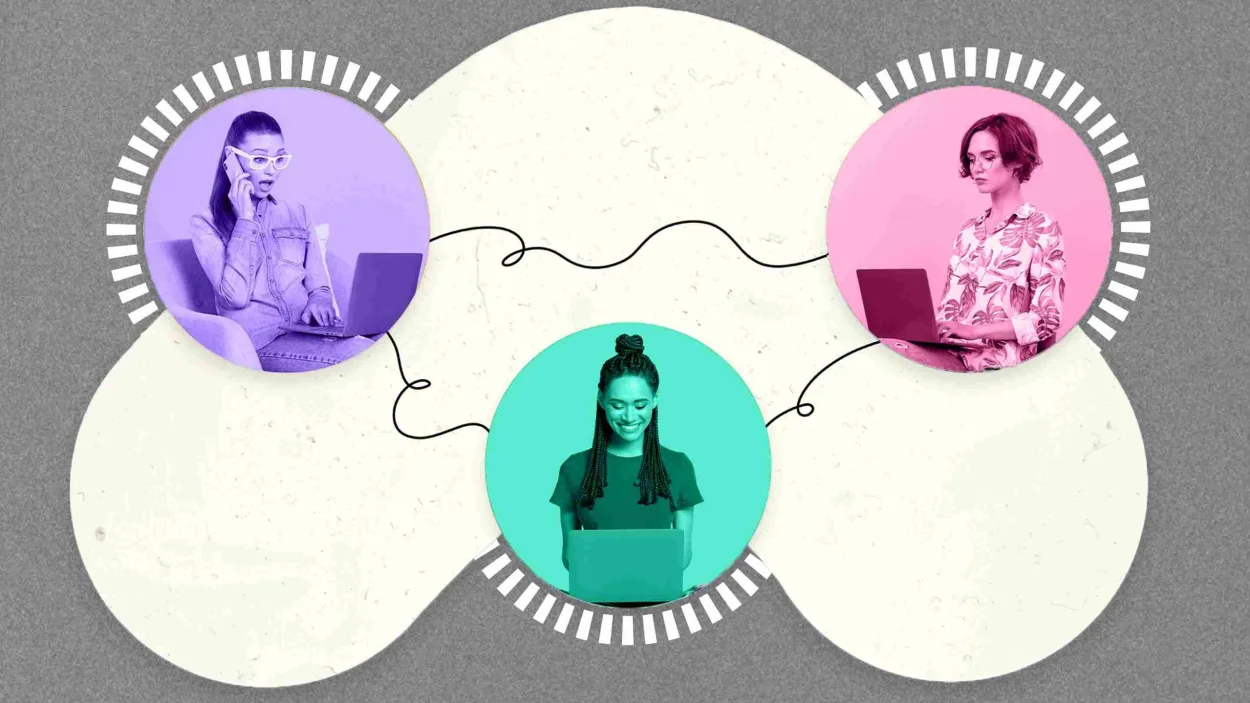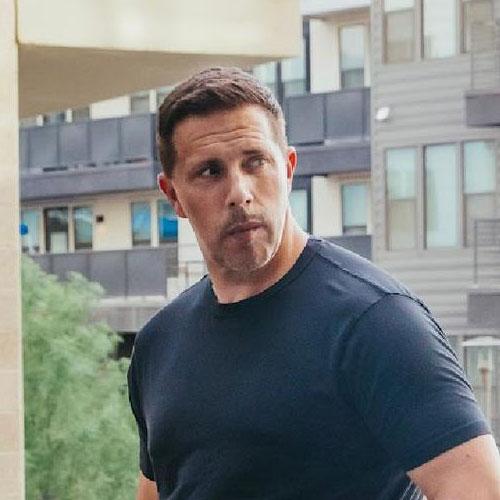Work as we know it has dramatically changed since the COVID-19 pandemic, and now leaders must address how to create the future of work. An idea I wove through Exponential Theory: The Power of Thinking Big is the customer wins or the company dies. Now, that has expanded to include that employees win, or the company dies. The hybrid model, where employees split time between the office and working remotely, is likely the solution leaders will embrace.
The question is: how can leaders incentivize employees back to a hybrid model while optimizing their remote work?
INCENTIVIZING THE HYBRID MODEL
A hybrid work environment is the best of both worlds. The remote-work perks are largely retained by the employee while team synergy is preserved on the in-office days. Business leaders can incentivize employees to participate in the hybrid model by stacking “collaborative work” and creating a can’t-miss social element while in the office and improving “deep work” while remote. Leaders can stack critical meetings, scrums, and team breakouts on the in-office days, unburdening employees of this on their remote days.
Meanwhile, the fear of missing out (FOMO) is a common human motivator. We can apply it to the office to incentivize employees to return to the office without making it a requirement. FOMO-inducing events like office lunches, guest speakers, team-building, etc., can afford leaders the chance to build a specialized, in-office workday around something fun and engaging.
As a result, employees are compelled to attend office work days while also cashing in on important social capital with their peers and office culture. I have found success in building communitas through a variety of different ways, fostering a community of fun and productivity, and that my remote employees engage more frequently remotely after such events.
Finally, developing a recognition structure will entice employees back to the hybrid model. Leaders have created a habit of value compensation over recognition, or even worse, replaced recognition altogether with compensation. Nearly86% of millennials would take a pay cut to work at a workplace whose values align with their own.
Recognition goes beyond awards and kudos and must also include personal development. Leaders who recognize that their employees have their own goals and reward their personal development see a higher return and lower turnover. According to Gallup, since 2019, “fully remote and hybrid young workers dropped 12 points in strong agreement that someone encourages their development.” And less than 4 in 10 say they even know what’s expected of them at work.
OPTIMIZING REMOTE WORK
To get the most out of our employees professionally, we must also help them personally. The more cared for an employee is, the better they perform.
Remote workers have shown that we do not need to value time out of our employees as much as we must value their outcomes.
Time has become the cultural norm for defining work success. However, remote workers have shown us that work success is much better defined in outcomes. We now know through our understanding of flow that deep work is possible in less time. Productivity is really about extracting energy and output rather than punching a clock.
Popularized by author Mihaly Csikszentmihalyi, flow is “a state in which people are so involved in an activity that nothing else seems to matter; the experience is so enjoyable that people will continue to do it even at great cost, for the sheer sake of doing it.” We colloquially describe it as being “in the zone.” Those in flow state are able to achieve far more in less time.
In fact, flow has proven cognitive enhancements. According to the Flow Genome Project, people report being 6 to 8 times more creative in flow.
We can facilitate flow in the hybrid model by developing internal processes and technologies that prioritize high-value activities, and reward employees for outcome, not for time spent.
In fact, the system might best manage an individual’s energy, actually learn when employees work in flow, and incorporate recovery to get the best performance. If leaders must have a hybrid approach to maintain the cultural and social significance of work, they can embrace and improve the remote-work half of the equation through exponential technologies, emphasizing “deep work.” In his book of the same name, author Cal Newport explains this at length.
Picture this: Your hybrid team hits flow state when they work remotely. Your employees are smashing their goals at record rates. And you find out that instead of working eight, nine, or 10 hours to get the job done, they actually work less, like four or five. When the outputs are above target, do you still care that everyone works eight hours? This is the difference between measuring outcomes and measuring time.
Such is the future of work, where employees perform better than ever in their jobs, have more of their energy to spend with their family and friends, and take better care of themselves physically and mentally.
Work-life balance may be more about balancing deep work and collaborative work and giving space for both to accomplish the goals of the team in the best way. As we rewire the brain to optimize flow, we will reinvent and reimagine work for the future.



